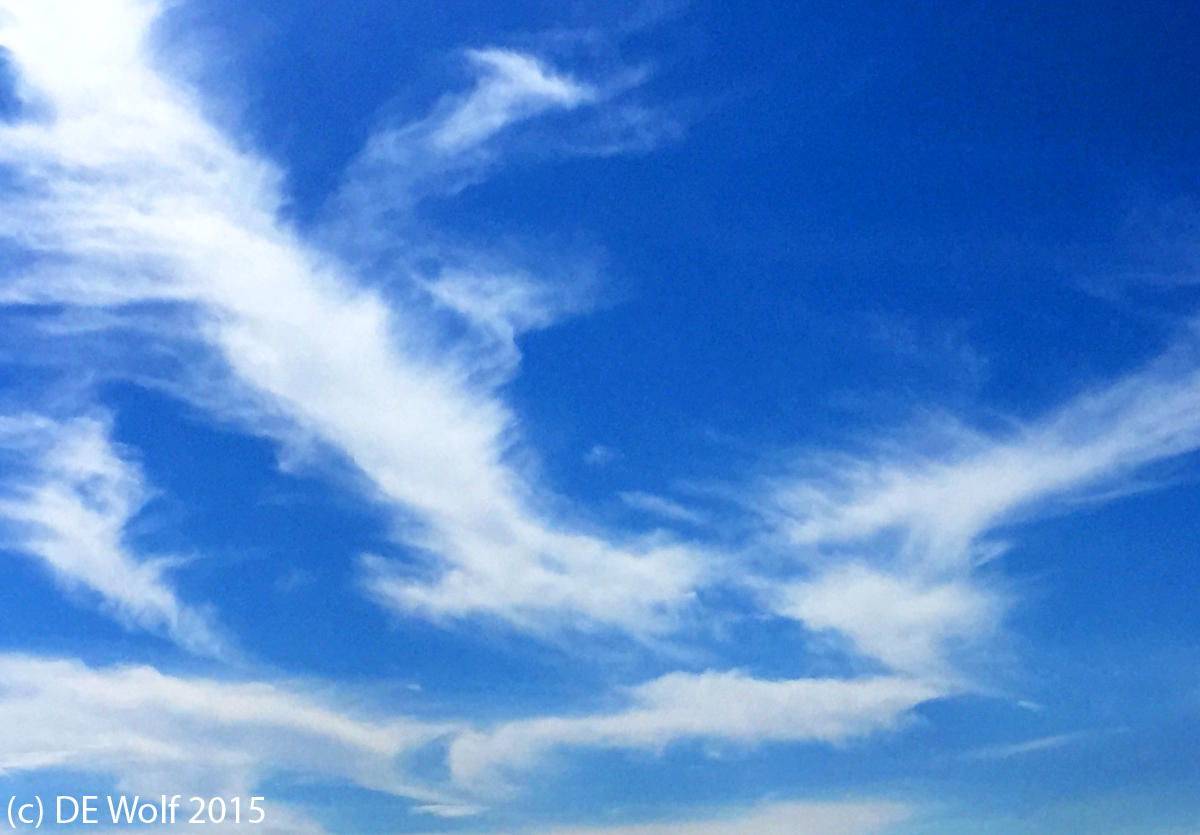
Figure 1 – Cirrus uncinus clouds over Concord, MA (Nine Acres) on September 12, 2015. IPhone 6 photograph. (c) DE Wolf 2015.
I took the photograph of Figure 1 with my IPhone on Saturday. These are cirrus uncinus clouds. Cirrus clouds are thin, wispy strand-like clouds. The name comes from the from the Latin word cirrus meaning a ringlet or curling lock of hair. Cirrus uncinus specifically is a type of cirrus cloud, where the name derives again from the Latin. Cirrus uncinus means “curly hooks”. These are also referred to as “mare’s tail” clouds.
Cirrus clouds form when water vapor undergoes deposition at altitudes of 16,500 to 20,000 ft. They also form as wispy outflows of tropical cyclones or the anvils of cumulonimbus cloud. As a result, cirrus clouds often form at the leading edge of frontal systems and are harbingers of bad weather ahead.
One of the great things about living in the twenty-first century is that we now know and have seen with our robotic eyes that cirrus clouds also form on other planets in our solar system: Mars, Jupiter, Saturn, Uranus, and possibly Neptune. They have even been seen on the Saturnine moon Titan. In many of these planetary systems they are not water-based clouds but formed instead of ammonia or methane ice. The term cirrus is also used for certain wispy dust clouds found in interstellar space.
Clouds, I believe, are at the juncture of science and art. Their wonder inhabits both worlds. We may marvel at the physics that creates them or listfully ponder their shapes. We may argue like Hamlet and Polonius whether a certain cloud looks more like a camel or a whale. Their beauty is all around us. We have only to look up and wonder.
“ I am the daughter of Earth and Water,
And the nursling of the Sky;
I pass through the pores of the ocean and shores;
I change, but I cannot die.
For after the rain when with never a stain
The pavilion of Heaven is bare,
And the winds and sunbeams with their convex gleams
Build up the blue dome of air,
I silently laugh at my own cenotaph,
And out of the caverns of rain,
Like a child from the womb, like a ghost from the tomb,
I arise and unbuild it again.”
From “The Cloud” by
